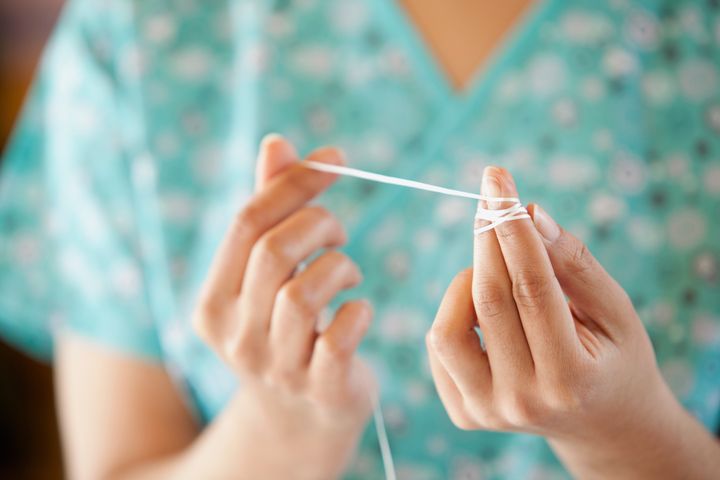
Despite years in practice, dentist Dr Milad Shadrooh admits that patients still sometimes surprise him.
“What’s most shocking is how many people still think bleeding gums are normal,” he says. “There’s no other part of the body where that would happen. Nobody would go around with bleeding eyeballs thinking, ’that’s fine, it’s just normal.”
Bleeding gums, as Dr Shadrooh explains, are not normal. They can be an early sign of gum disease that, if left untreated, can lead to bad breath, inflammation of the gums, loose teeth and, eventually, tooth loss.
“It’s also true that gum disease has been linked with heart disease and diabetes,” Dr Shadrooh adds. “Good oral health is not just good for teeth – it’s good for general wellbeing too.”
Don’t live with gum disease
Gum disease is extremely common – the NHS claims that most adults in the UK have it to some degree or other (1) – but it is far from inevitable. A simple, sensible oral health routine can help prevent and limit gum disease, and that’s true whatever your age.
“The foundation of good oral health is effective brushing, which means brushing for two minutes, twice every day,” says Dr Shadrooh. “If you smoke, you should stop. There are all sorts of health benefits to stopping smoking but helping to banish gum disease is another to add to the list.”
Most of us brush regularly and either don’t smoke or wish we didn’t, but the other component of a good oral health routine is less well known and less regularly practiced.
“It’s called interdental cleaning, and it’s basically cleaning in-between the teeth, to get to the parts that brushing misses,” Dr Shadrooh adds. “The most well-known technique is flossing, but there are also small interdental brushes which can be highly effective at dislodging the plaque that can build up in these spaces.”

The 60-second solution
Simply adding interdental cleaning to your daily routine can instantly improve oral health, but – as Dr Shadrooh admits – not everybody finds this an easy thing to do. Traditional floss can take dexterity to get in-between teeth, especially towards the back of the mouth, and flossing with string can be less effective where there are wider gaps between teeth. This is where interdental brushes are more effective.
The perceived fiddly-ness of flossing has prevented many of us from making it a habit, with only 40% of UK adults in one survey agreeing that they have flossed at least once in the last three months.
“That’s why it’s important to have alternatives to traditional flossing,” Dr Shadrooh says. “In my opinion, a fantastic alternative - and the one I use - is the Philips Sonicare AirFloss Pro. It’s a great device for making daily interdental cleaning part of everyone’s routine, because it is so quick and easy to use. Press a button, power floss for 60 seconds, and with that alone you are helping to significantly improve your oral health.”
Strong and gentle
The AirFloss Pro uses micro-droplet technology to combine air and water or mouthwash in powerful but gentle bursts to clean between teeth and along the gum line, and easily reaches to the back of the mouth. It can aid oral health significantly in just 60 seconds, removing up to 99.9% of plaque (2). In fact, the AirFloss Pro is clinically proven to be as effective as traditional floss in improving gum health (3).
“What’s clear is that it works,” says Dr Shadrooh. “But what is just as important is that it makes it easy for anyone to get into the habit of flossing.
“We are all taught to get into the brushing habit from early childhood. But that isn’t the case with flossing, so it’s something that we might do for a week or a month and then stop. The habit isn’t there.”

The beauty of the Philips Sonicare AirFloss Pro is that it is so quick and simple to use that it soon becomes part of a daily routine. The unpleasant symptoms of gum disease – from bleeding gums to bad breath – are not inevitable, if we adopt good oral health habits like interdental cleaning. The AirFloss Pro is the easiest way to turn good intentions into positive action.
(1) NHS Gum Disease
(2) From the treated areas; in a lab study; actual in-mouth results may vary.
(3) When used in conjunction with a manual toothbrush and anti-microbial mouth rinse in patients with mild to moderate gingivitis